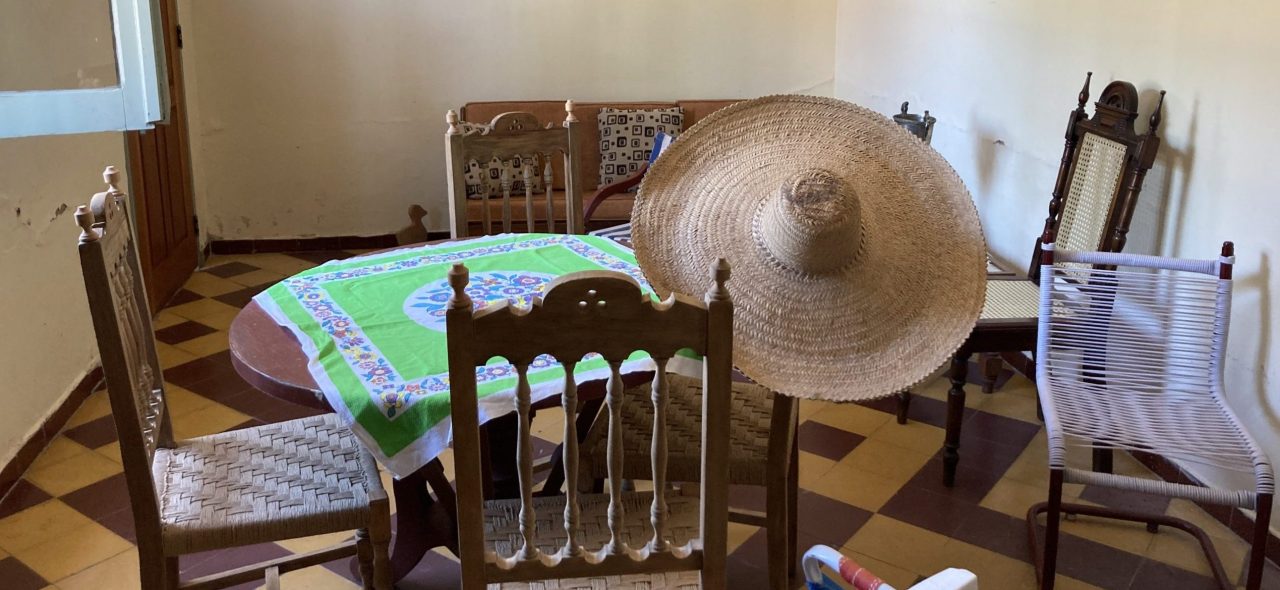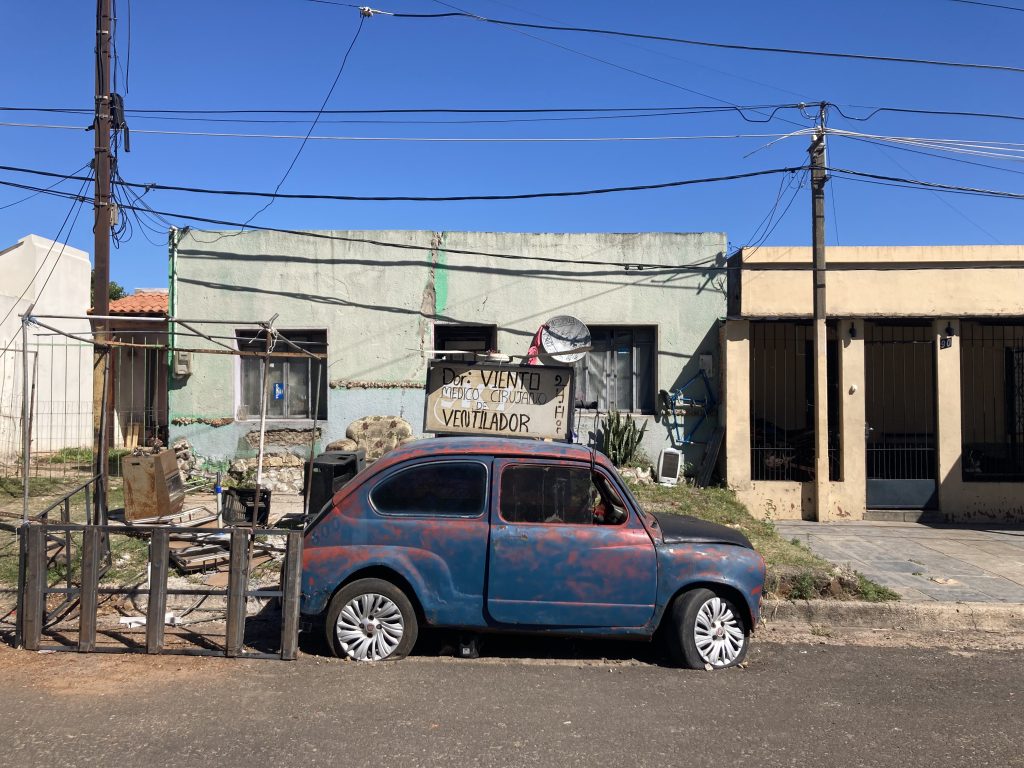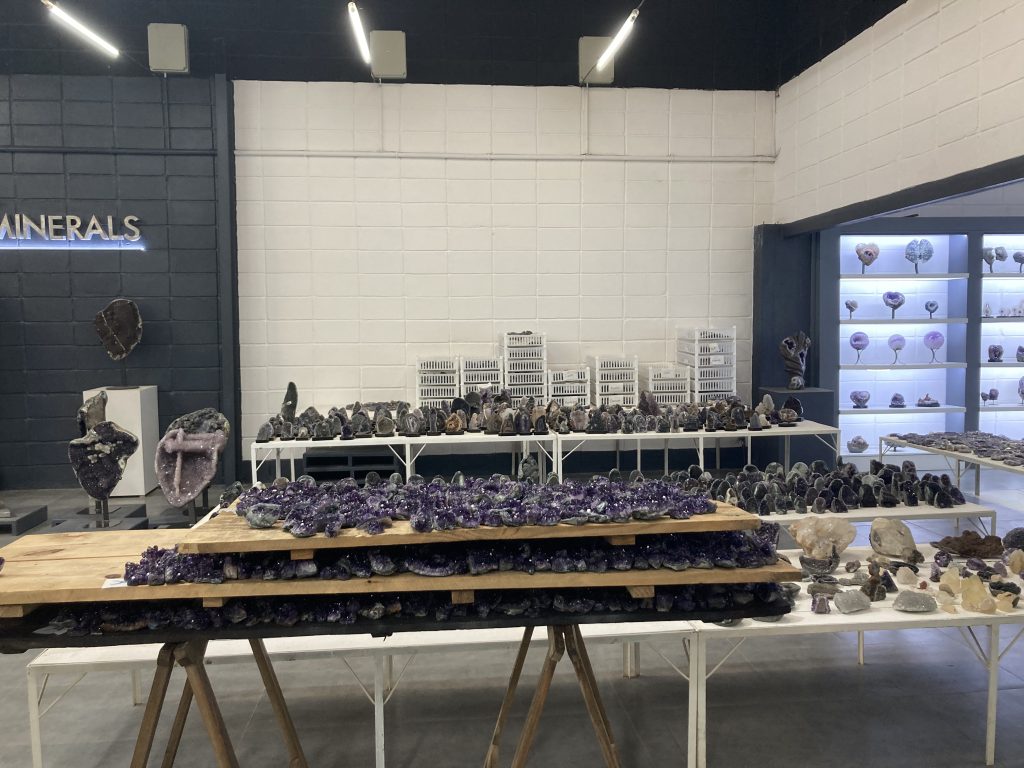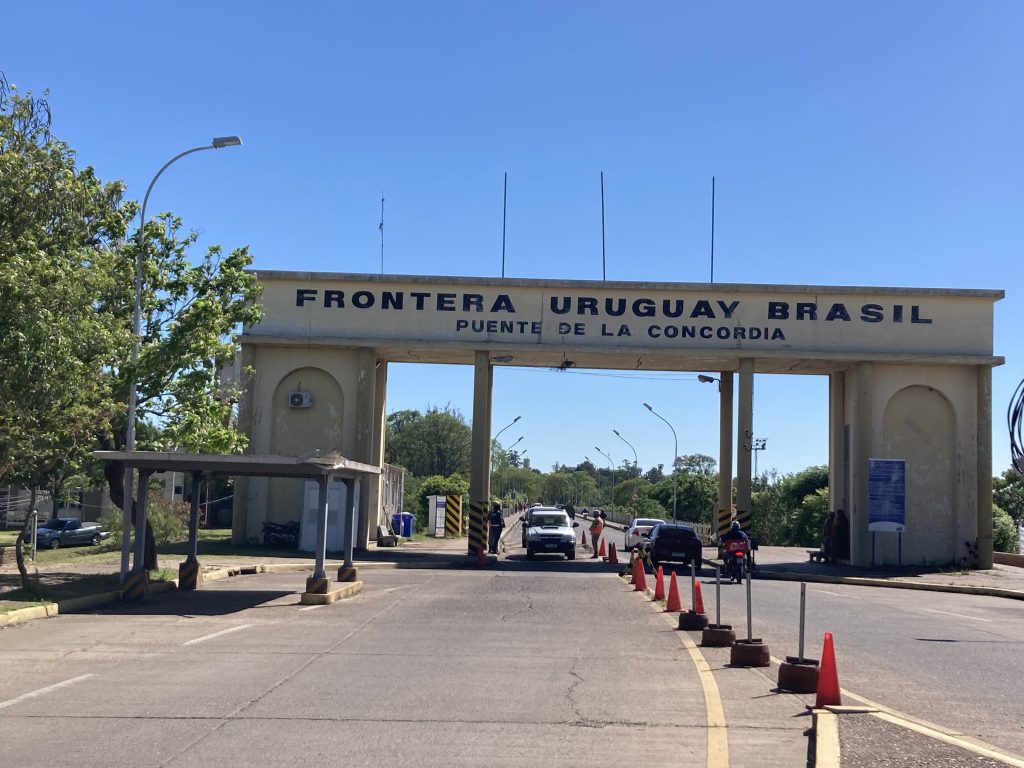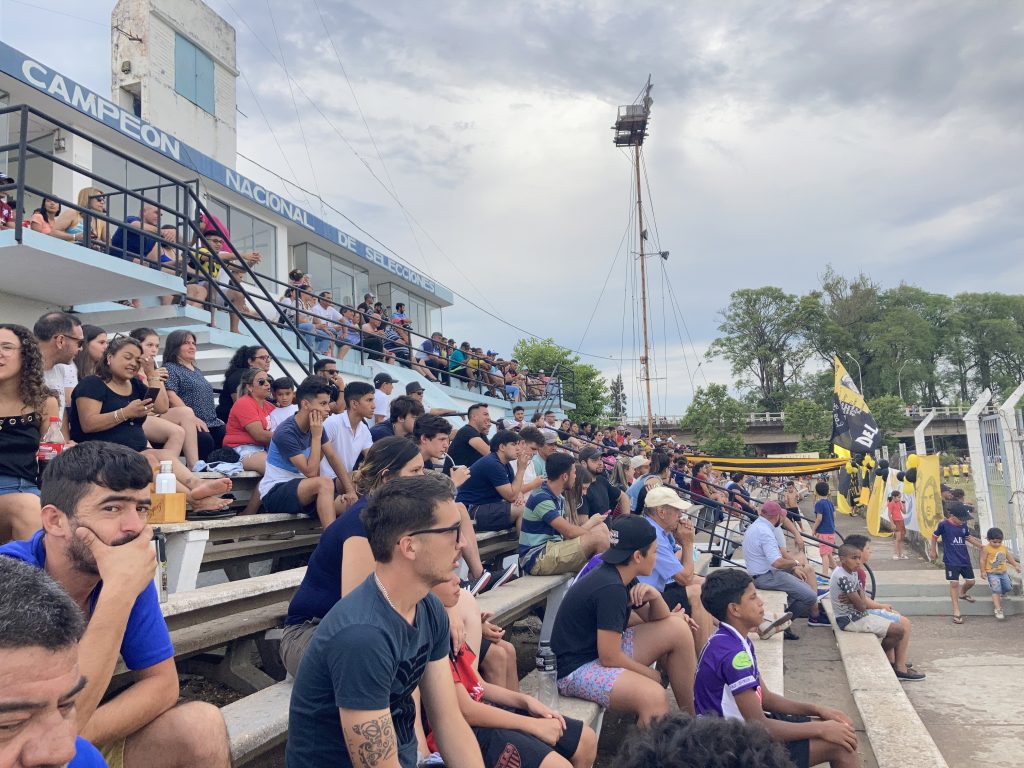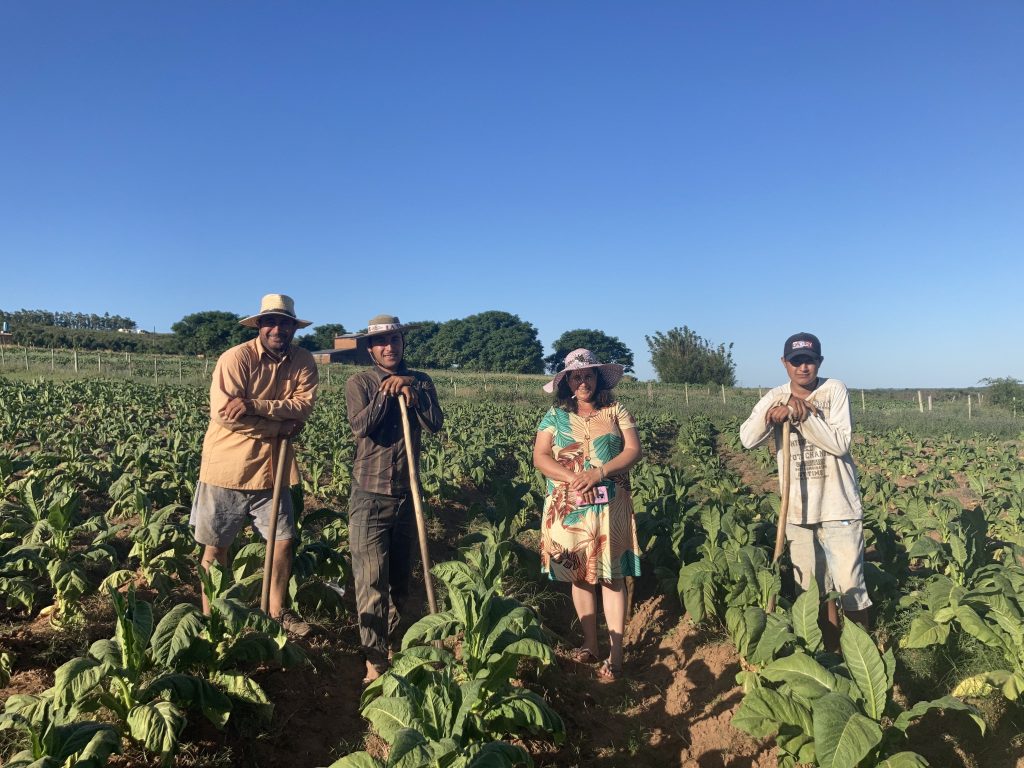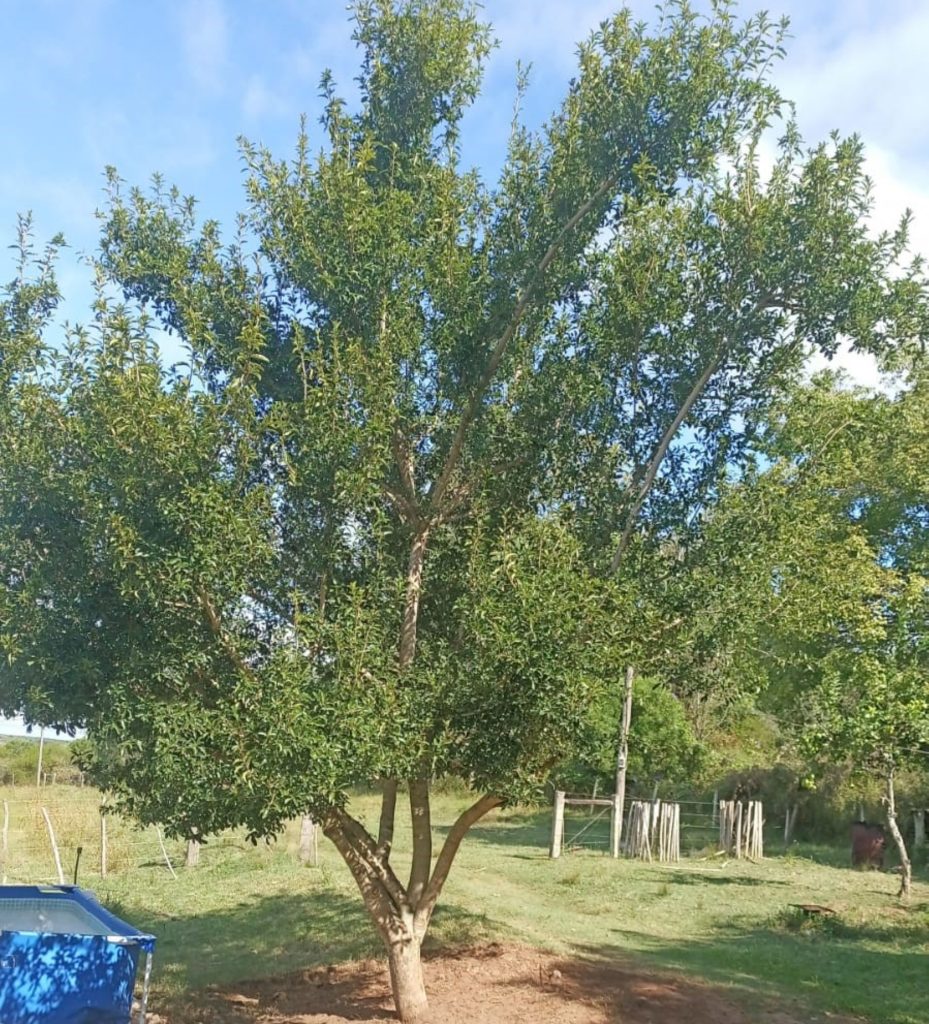Artigas, more Hispanic
From a linguistic point of view, the situation has changed a great deal, especially since the 1980s and 1990s, during which speakers were easily able to speak in their border variety. Today, there are few speakers who maintain and pass on this border variety to future generations. For those members of the current primary adult generation, that is, people approximately 18 to 34 years old, job opportunities are very scarce, indeed almost non-existent, so in most cases they are forced to leave the department in the hope of carving out a better future in the capital or in other departments of the country. This leads to a depopulation among young adults and, therefore, to an irremediable breakdown of the transmission of border speech as a “variety of heritage”, i.e. as a speech that is passed down from generation to generation and that is very specific to the speaking community in question.
Gemstones
Artigas is also known for its amethyst quarries, exporting to countries as distant as Russia and China. Despite this, and with all that the hard work entailed in extracting and treating this quartz, within Uruguay the department of Artigas has one of the highest levels of economic deprivation, and its inhabitants feel like the inhabitants of a “forgotten department”.
The International Bridge of Concord
The city of Artigas, on the Uruguayan side, and the city of Quaraí, on the Brazilian side, are separated by a 750-metre bridge over the Cuareím River. The inhabitants move freely from one city to another, bringing back words and expressions in Portuguese. Others, however, choose to take the river path to smuggle all kinds of products on horseback, even washing machines!
Passion and Portuñol
There are some neighbourhoods or suburban areas, such as the neighbourhoods of Ayuí, Rampla and Cala, where the border variety of Artigas continues to have a notable vitality. However, the question also arises as to whether it is a merely question of time until it is no longer heard in kitchens and at football matches here. At such games, if you listen closely you can hear some expressions.
Red earth landscape
The peculiarity of this area is that it has a “labyrinthine” network of roads, in which there are neighbourhoods composed of just three to six houses, these usually comprising families, and then kilometres of red, uninhabited earth and immense tobacco plantations. Despite the fact that today the inhabitants no longer have to travel on foot or on horseback thanks to vehicles such as motorcycles, speakers still interact a great deal with those who are close to them, without there being much input from outside. This scenario leads to communication being kept more “intact”, especially when compared to the scenario in an urban centre. No ambulances reach the area, so if the inhabitants of La Guayubira / La Estiba need medial treatment, they must go either to the polyclinic (which is not always open) or to the city of Artigas.
Portuñol as a mother tongue since childhood
Contrary to the case in urban settings, where children and adolescents are rarely found using the border variety, in the area of La Guayubira / La Estiba this is indeed frequent. These drawings, produced by students from Escuela 21, reflect the speech of the area.
Family and linguistic ties
With regard to traditions and family ties, or ties between neighbours, it can be observed that many of the children inherit customs and traditions of various kinds, such as those derived from working in the fields, on farms, with animals… All of this inevitably comes with a value system and a language. Therefore, these “heirs” are more likely to incorporate into their speech the ways in which their grandparents and parents express or expressed themselves. Coupled with this is the fact that many children have to help their parents with tasks such as working on tobacco plantations.
Tobacco plantations
Tobacco plantations are undoubtedly a “double-edged sword” in the lands of Guayubira / La Estiba. The Compañía Industrial de Tabacos Monte Paz S.A. tobacco company has obtained its raw material mainly from Artigas and Rivera since the end of the 20th century, and today tobacco is the main source of income for most rural families, who in return are provided with everything necessary to produce tobacco on their land. The “advantage” of this business is that it has replaced the long months of harvest, during which the men of the families spent a lot of time away from home working the sugar cane crop. For this new type of work, the entire family helps in the process of collecting and drying the tobacco leaves. The great drawback of the business, and this is the “double-edged sword”, is the agrotoxins used to treat the tobacco plants. Most children who help their parents, aunts, uncles or grandparents arrive at school late because of this activity or, even worse, miss school for days on end due to intoxications arising from the products used.
The tongue tree
The Guayubira tree (from Guarani “gua” > “tree” and “yevi” > “elastic”) is common in this region. Apparently, it is seen less and less in northern Uruguay, but still has a notable presence in north-western Argentina, southern Bolivia, and the south of Brazil and Paraguay (cf. http://www.guayubira.org.uy/monte/guayubira/Guayubira.html for more information).
